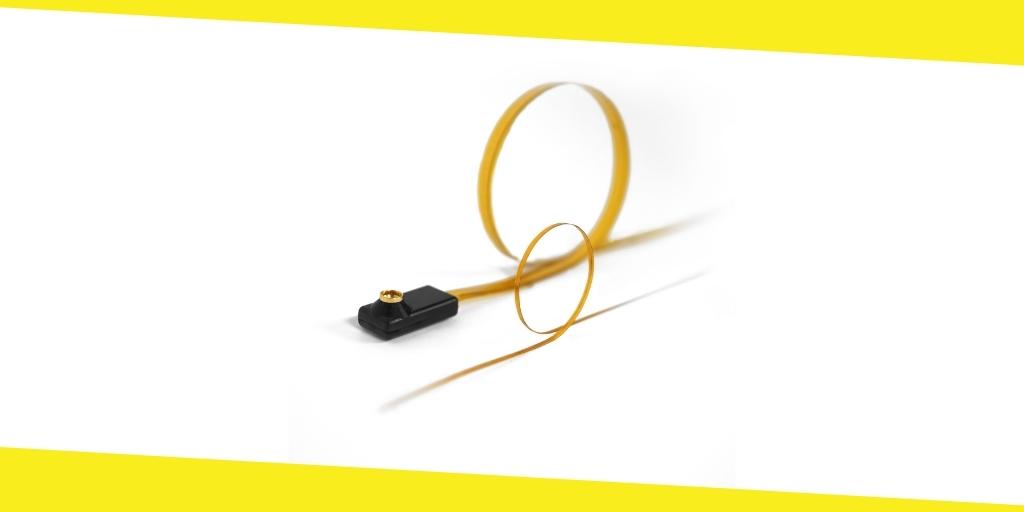Cryogenic Technology in the Microwave Engineering

If you are looking for in-depth scientific knowledge, it is safe to assume that you are deeply involved in the scientific technology industry. So, let’s start our discussion of imparting knowledge with the basics.
Firstly, cryogenics is a scientific terminology related to the study of severely low temperatures and how a specific material or substance reacts under such shallow conditions. Now, by low temperatures, it means extremely low, like “negative 150-degree Celcius” or “123.15 Kelvin”. In the absolute temperature scale, such low temperatures are generally stated in Kelvin (K) units.
In the past decade, scientists have grown an immense interest in cryogenics that they have tried developing a cryogenic facility/system to test radioastronomy. Now, in radioastronomy, to get below 20 K of noise requirements regarding “equivalent noise temperature,” they need a cryogenic environment. Thus, in the process of experimenting, microwave engineers got engaged too.
That being said, in this very scholarly article, we will be discussing how they set up a mini cryogenic facility with microwave engineering. You can have a gist of what type of materials, sensors, and Cryogenic cable are considered in making the small cryogenic system. So, let’s dive in.
The stage one requirement to build a cryogenic system is to create a closed-cycle helium refrigerator. The only other thing you should keep in mind about this helium refrigerator is based on the Gifford-McMahon cooling cycle. How this actually works is a whole another topic. But, this closed-cycle helium refrigerator needs a careful selection of cryostats. The right cryostat can only produce the right coolness for thermal load at different temperatures and stages.
Contents
ToggleSuitable materials for a cryogenic system in the microwave application
The materials to be applied to build the cryogenic systems need to have thermal conductivity and emissivity properties. Do, finding suitable material was a hassle. Anyhow, for designing the box section (Dewar) of the cryogenic system, stainless steel is used. Why? Because stainless steel can be electro-polished very quickly. Since this material also does not oxidize, gas absorption is also reduced. It is also very flexible for creating high vacuum joints. This is why stainless steel has such wide usage in everyday life as well. And in comparison to other plausible materials, stainless steel proved to be more advantageous.
However, stainless steel seems to hold extra weight, which was a problem for the cryogenic system. Thus, the next option they have is aluminum. Since aluminum is flexible enough, it came as an alternative but with extra gold plating and polishing. Both materials, stainless steel, and aluminum are considered for designing the Dewar.
And for the thermal shield, materials like aluminum and copper are used with additional gold plating and polishing. These materials have high radiation conductivity and low emissivity properties required for the cryostat condition.
Temperature sensors in the cryogenic system
Different stages of the cryogenic system require sensors, cables, and circuits to be cooled down. Uncalibrated temperature sensors cover 0.25 K (positive or negative) unit, and calibrated temperature sensors cover 12 mK (positive or negative) at cryogenic temperatures in the cryogenic system. Temperature sensors help balance the cryostat’s internal temperature. They also help the personnel in characterizing the overall experiment. Nonetheless, there are many temperature sensors like diodes, thermocouples, temperature-dependent resistors (having positive and negative coefficients), capacitance sensors, etc.
Silicone diodes are mainly in use concerning the cryogenic system applied with microwave engineering. They offer some extra benefits to the experiment than the rest temperature sensors.
For instance, silicon diodes are significantly affordable. They come in various formats for diverse uses. They hold the required temperature range for the experiment and possess a standard curve and suitable accuracy without calibration.
Cryogenic cables for cryogenic system
Cryogenic systems have DC and RF feedthrough. While DC feedthrough is not complex, RF feedthrough involves coaxial and waveguide measurements. The bandwidth measurements of the cryogenic system are limited due to the RF feedthrough. The box or Dewar window covers have feedthroughs installed which enables the connection of coaxial cryogenic cables to the circuit. These RF feedthroughs need to maintain a high vacuum in the cryostat. This is why hermetic bulkhead adapters are used. This adapter is known to work fine even in harsh cryogenic temperatures.
Closure
This article mainly emphasizes how cryogenic technology came in connection with microwave engineering. It focuses on discussing what type of experiments were done and what considerations were made in the process. Overall, you get to learn about the cryogenic system or facility through microwave engineering’s intake.
Regarding the design of the cryogenic facility for microwave application, other than the details of the thermal load calculations, all other considerations have been briefly discussed. I hope this article is understandable to all our readers and that I successfully impart information on cryogenic technology and its components.
Recommended For You
Top 10 Text Transition Presets for Premiere Pro
Most Inside
Most Inside offers high-quality recommendations and valuable updates to enhance all aspects of your life, providing premium guidance and enriching experiences.




